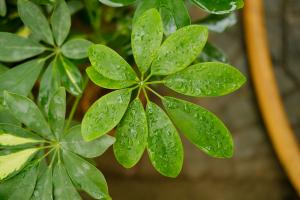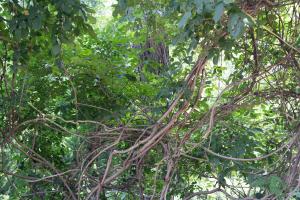1. The sandy soil should be loose
It prefers to grow in a fatter sandy loam. In addition, when selecting the soil, we must pay attention to the looseness of the soil, and the drainage and air permeability are better. If the soil is not selected well, it will be bad for its roots. This is not conducive to its growth. In addition, when selecting soil, it will be better to mix some rotten leaves together

2. Selection of fertilizer
Generally, before sowing or transplanting, we must apply enough base fertilizer to it. Half a month after the seedling is put into the pot or half a month after the old plant is separated, we can apply nitrogen fertilizer to it two to three times. Remember to use liquid fertilizer, so that it can promote the growth of its stems and leaves. After flowering, we can also apply fertilizer again, mainly liquid nitrogen fertilizer, which can make it more robust. But in summer, stop fertilizing. If you really want to apply it, apply a little compound fertilizer. In addition, when fertilizing, you can't put fertilizer on its leaves, otherwise its leaves will rot

3. Appropriate seed retention
If you keep seeds, you use the brain plant of chrysanthemum. Don't harvest it after summer, let it grow all the time, and add appropriate fertilizer, so that it can blossom and seed better. When the seed matures in December, it is necessary to cut off its flower head, then dry it, rub out the seed hard, and let the old plant stay in the field after planting. It can start to harvest its tender shoots and go on the market in March next year
4. Beware of diseases and pests
In addition, with the use of insecticides, it will be easy to prevent diseases and pests from entering the room. In addition, it must be kept ventilated to prevent diseases and pests from entering the room. In this way, it can no longer be damaged by diseases and pests and grow better

 jackfruit
jackfruit snake plant
snake plant hibiscus
hibiscus hydrangea
hydrangea lavender
lavender Green roses climb al...
Green roses climb al... If you don't pay att...
If you don't pay att... Management of four g...
Management of four g...
































